On the occasion of the nationwide referendum on the construction of nuclear power plants in Kazakhstan on October 6, Kazinform has an article about the status and development of nuclear energy in a number of countries of the European Union (EU).
France leads the world in nuclear energy development
France is currently the world leader in the share of nuclear power plants in national electricity production. According to the International Atomic Energy Agency (IAEA), the share of electricity generated by nuclear power plants in France as of December 2023 is 65%.
In the 2017 presidential election, the energy theme helped Mr. Emmanuel Macron project an image of a candidate who was both progressive and “environmentally friendly.” His energy agenda included a commitment to reduce the country’s share of nuclear power from 75% to 50% by 2025. But in 2022, after the Covid-19 pandemic, Mr. Macron outlined a new energy policy for the country.
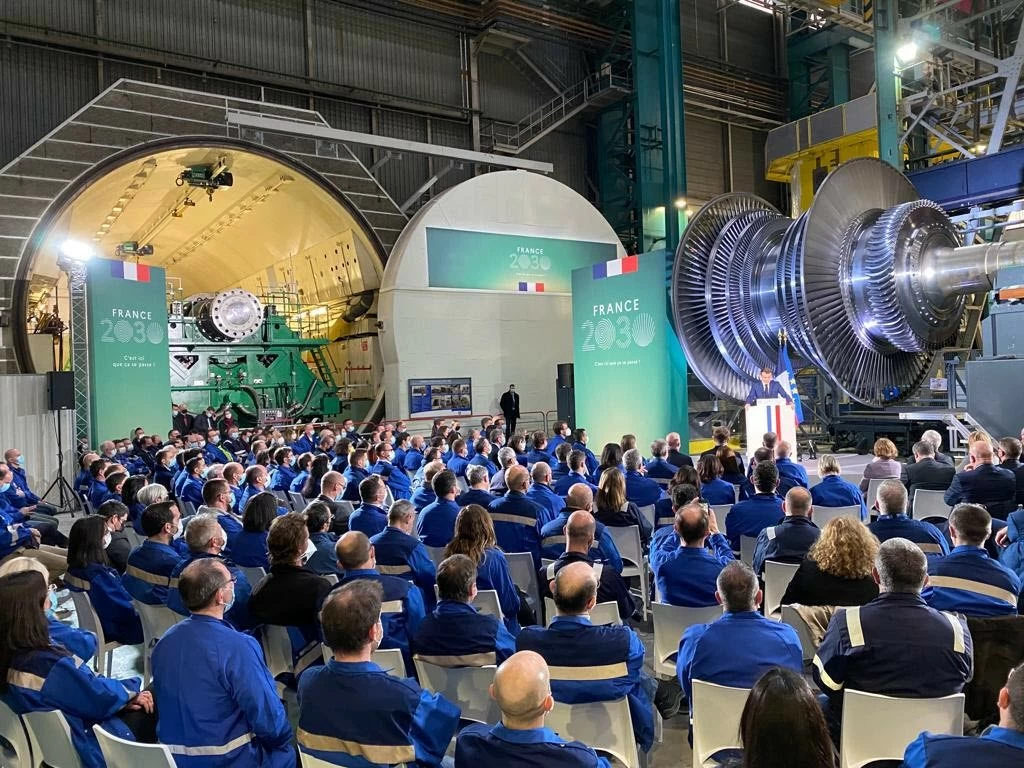 |
| French President Emmanuel Macron speaks at a factory in Belfort, eastern France, on February 10, 2022. (Source: ER) |
Speaking in the city of Belfort, the Elysee Palace chief presented France's nuclear energy development plan for the next 30 years, which envisages the construction of six new EPR2 nuclear reactors between 2035 and 2045 and eight additional EPR reactors between 2045 and 2065.
In his speech, the French President also directed relevant companies and agencies to study the possibility of extending the service life of existing reactors to more than 50 years. He outlined the main reasons for the country's change in energy policy towards developing nuclear energy for peaceful purposes in order to be energy independent from foreign energy suppliers, reduce electricity prices, create new jobs and be carbon neutral, well meeting the electricity demand of the whole of France, which is expected to increase by 35% by 2050.
The French leader laid out the country's new energy roadmap, declaring that “In 30 years, the nuclear restart plan will make France the first major country in the world to completely phase out fossil fuels, as well as increase our industrial energy independence in line with climate requirements.”
Belgium postpones closure of nuclear reactors for 10 years
Belgium has two nuclear power plants with a net capacity of 5,761 megawatts. The country's electricity consumption has been growing slowly since 1990, and in 2016, nuclear power provided 51.3%, or 41 TWh, of the state's electricity annually. The country's first commercial nuclear power plant began operating in 1974.
Notably, in 1913, uranium ore was discovered in Katanga in the Congo, a former Belgian colony. Thus, by the mid-twentieth century, Belgium had become one of the few countries with significant uranium reserves. Even before World War II, the United States had shown interest in the uranium reserves of the Belgian colony. During the 1940s and 1950s, Belgium, through its colony, was one of the main suppliers of uranium to the United States.
These commercial relationships led to Belgium being granted access to nuclear technology for civilian use. As a result, a nuclear research training centre was established in Mol in 1952. Construction of the first BR1 reactor began in 1956.
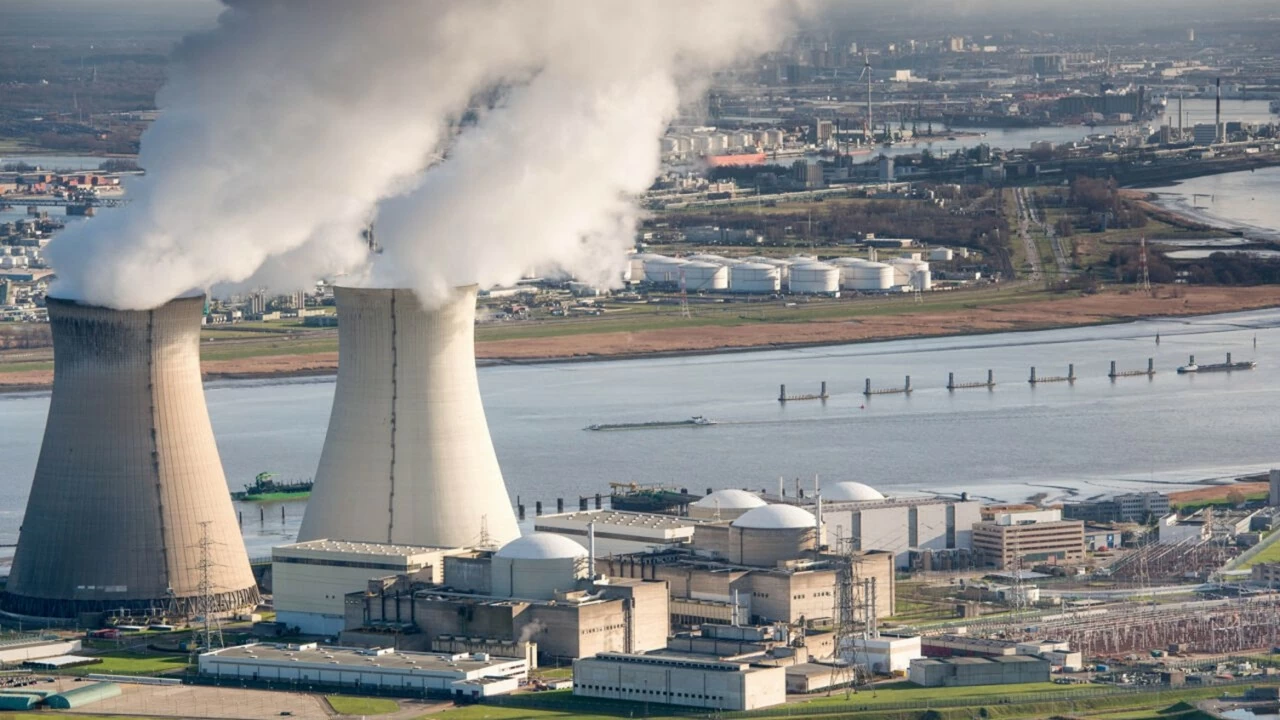 |
| Doel nuclear plant, Belgium. (Source: VRT) |
The first nuclear power plant, Doel 1, was commissioned in 1974. Over the next 10 years, six more reactors were connected to the grid. However, Belgium has decided to completely abandon nuclear power by 2025. However, in March 2022, Belgium passed a decision to delay the closure of two reactors by another 10 years.
Jean Brabander, advisor to the Diplomatic Academy of Brussels and member of the Belgian Bar Association, noted that there are different opinions regarding the development of nuclear energy in Europe. For example, France is actively promoting the development of nuclear power plants, but Germany has decided to “freeze” them.
Mr. Jean Brabander also has different assessments about the prospects of nuclear power plants. According to him, nuclear power plants will have to be shut down one day, which will cost a lot of time and money. But on the other hand, this is “clean energy”, without harmful emissions.
In addition to the energy cost of nuclear power plants, Belgium being one of the first countries in the world to build nuclear power plants gives the country experience not only in operation but also in the effective treatment of nuclear waste. "Today, owning two nuclear power plants helps Belgium meet its energy needs," Mr. Jean Brabander affirmed.
Czech has good experience in operating nuclear power plants.
The Czech Republic has six nuclear reactors, generating about a third of its electricity. The first commercial nuclear reactor was put into operation in 1985. Czech government policy calls for a significant increase in nuclear capacity by 2040.
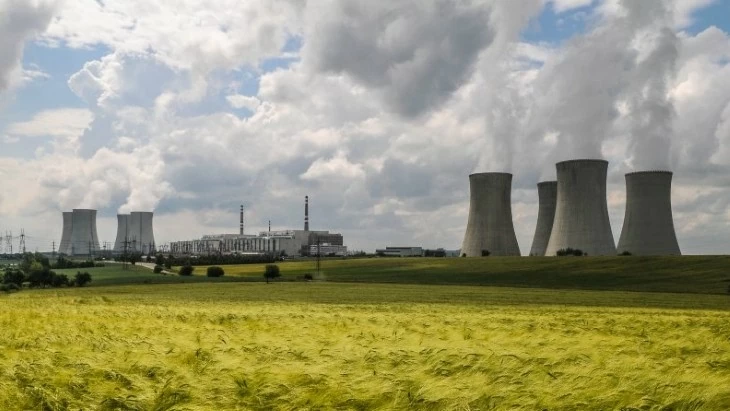 |
| Dukovany Nuclear Plant, Czech Republic. (Source: CEZ) |
Nuclear energy expert Tomas Zdechovsky believes that nuclear energy is the best solution for a country like the Czech Republic. According to him, the Czech Republic has good experience in operating nuclear power plants with two plants, Dukovany and Temelin. The technology applied at these two plants is clean technology and the electricity produced from the two plants can be exported to neighboring countries such as Austria or Germany.
Expert Tomas Zdechovsky also spoke about the importance of holding referendums. According to him, all referendums are a positive sign of democratic countries. The people have the right to vote, the people have the right to decide. If a referendum were held in the Czech Republic on nuclear energy, he is confident that more than two-thirds of Czechs would support nuclear energy for peaceful purposes.
Hungary invests in building new nuclear power plant
Hungary has four nuclear reactors, generating about half of the country's electricity. The first commercial nuclear reactor was put into operation in 1982. In 1956, the Hungarian State Atomic Energy Commission was established, and in 1959, the country's first research reactor went critical. In 1966, an agreement was signed between Hungary and the Soviet Union on the construction of a nuclear power plant, and in 1967, the Paks area, 100 km south of Budapest, was selected for an 880 megawatt nuclear power plant.
Construction of the first two units began in 1974 and the next two units were built in 1979. Four VVER-440 (model V-213) reactors were put into operation between 1982 and 1987. The Paks power plant in Hungary is owned and operated by MVM Paks Nuclear Power Plant Ltd, a subsidiary of the state-owned Hungarian Electricity Ltd (Magyar Villamos Művek, MVM).
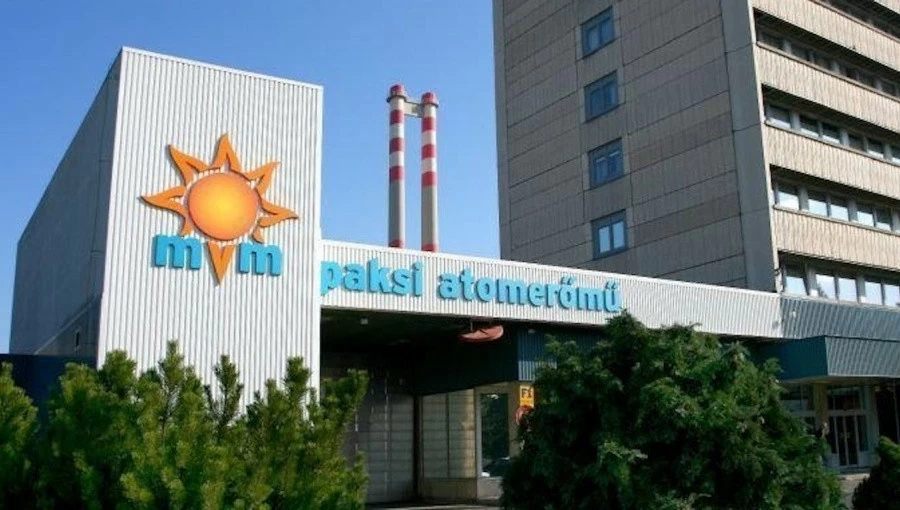 |
| The Paks nuclear power plant is owned by MVM. (Source: BNE) |
The Hungarian Parliament has now expressed full support for the construction of two new power reactors and a construction contract has been signed.
Hungarian nuclear energy expert Andros Laszlo noted that the nuclear power plant in the city of Paks currently produces about 50% of Hungary's total energy, and has been an integral part of Hungary's energy system for the past 40 years.
Nuclear power is not a politically sensitive issue in Hungary. The Fidesch party supports the construction of the next nuclear power plant. Of course, there are minorities within the Green Party who oppose nuclear power.
Hungary has recently decided to invest in building new nuclear power plants to replace the old ones. Mr. Andros Laszlo believes that the majority of Hungarians support the construction of a new nuclear power plant. Regarding the national referendum on the construction of a nuclear power plant, according to him, the support of the people for large projects is an important issue for any region of Hungary.
Source: https://baoquocte.vn/phat-trien-nang-luong-nhat-nhan-tai-cac-nuoc-eu-288287.html


![[Photo] Special relics at the Vietnam Military History Museum associated with the heroic April 30th](https://vstatic.vietnam.vn/vietnam/resource/IMAGE/2025/4/3/a49d65b17b804e398de42bc2caba8368)
![[Photo] Prime Minister Pham Minh Chinh chairs meeting after US announces reciprocal tariffs](https://vstatic.vietnam.vn/vietnam/resource/IMAGE/2025/4/3/ee90a2786c0a45d7868de039cef4a712)
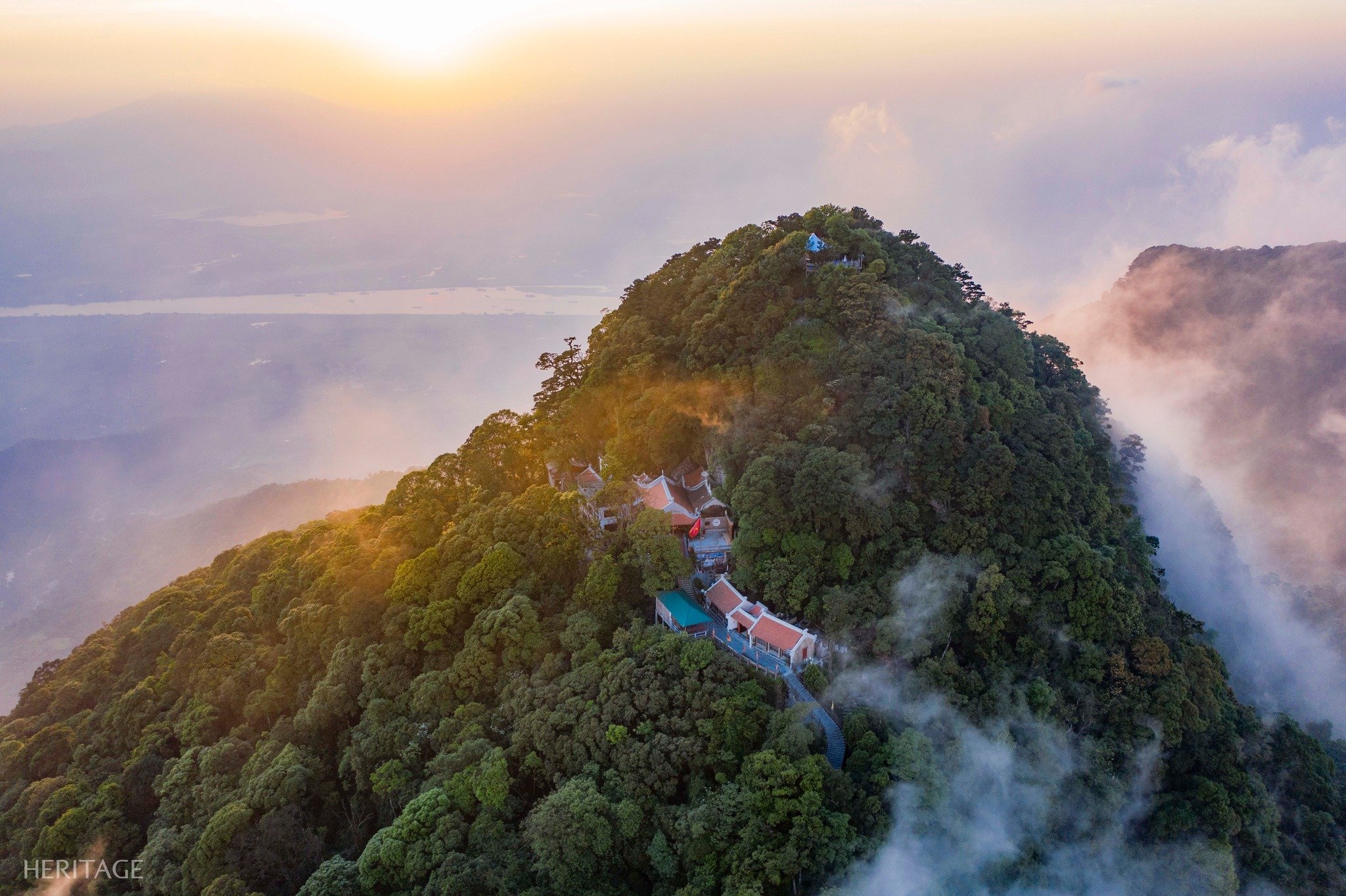
![[Photo] General Secretary To Lam receives Japanese Ambassador to Vietnam Ito Naoki](https://vstatic.vietnam.vn/vietnam/resource/IMAGE/2025/4/3/3a5d233bc09d4928ac9bfed97674be98)
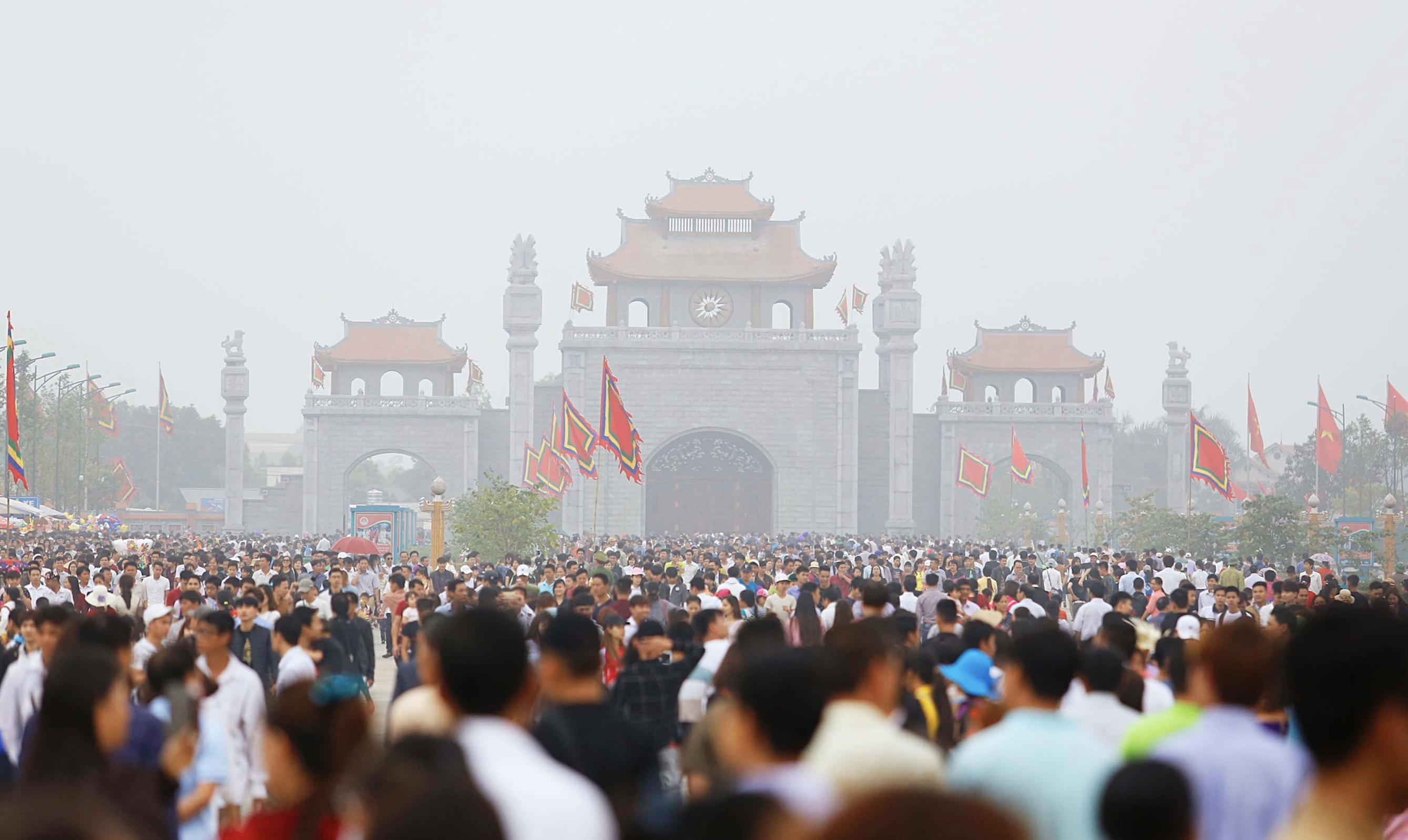
![[Photo] Moment of love: Myanmar people are moved to thank Vietnamese soldiers](https://vstatic.vietnam.vn/vietnam/resource/IMAGE/2025/4/3/9b2e07196eb14aa5aacb1bc9e067ae6f)
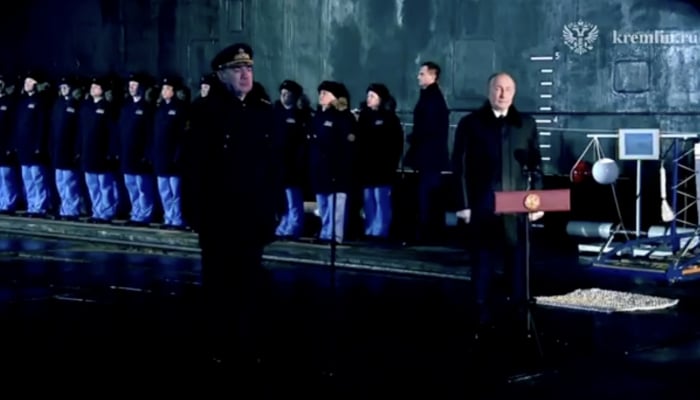

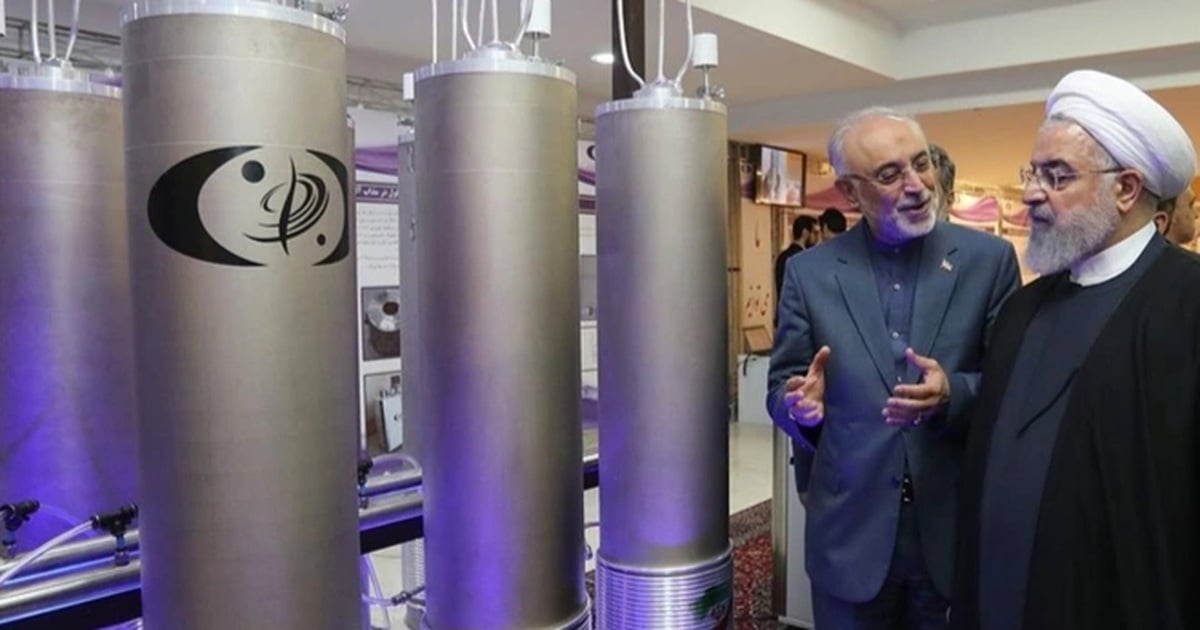

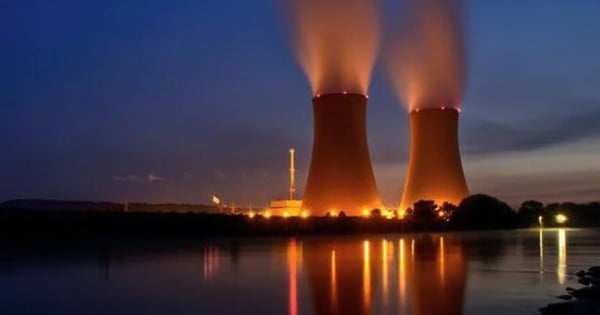



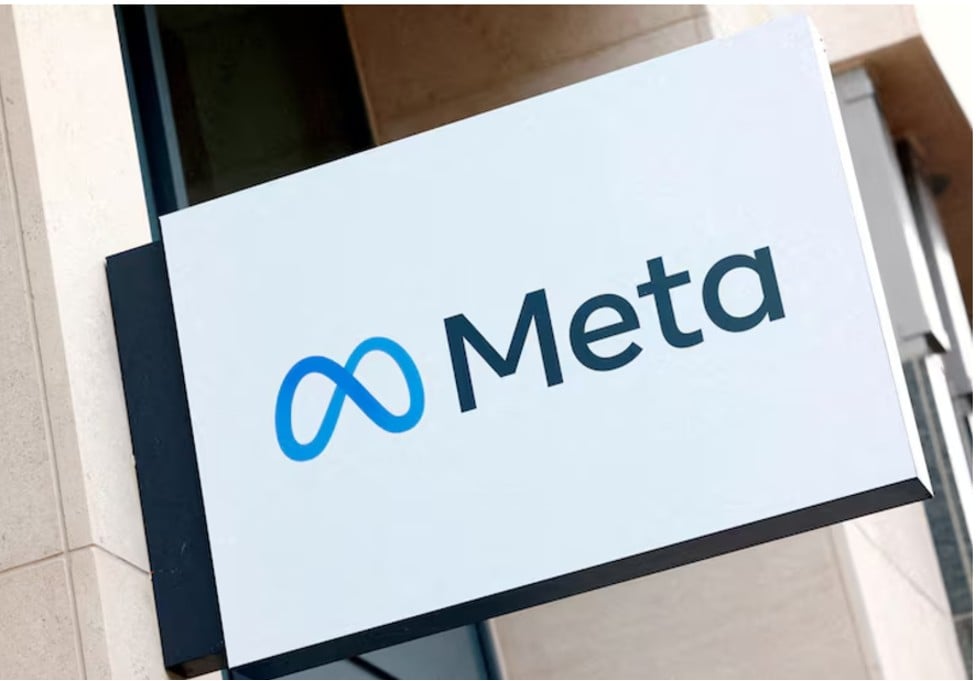



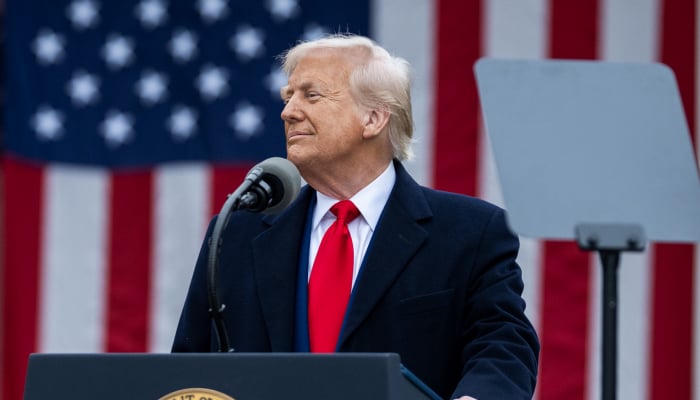
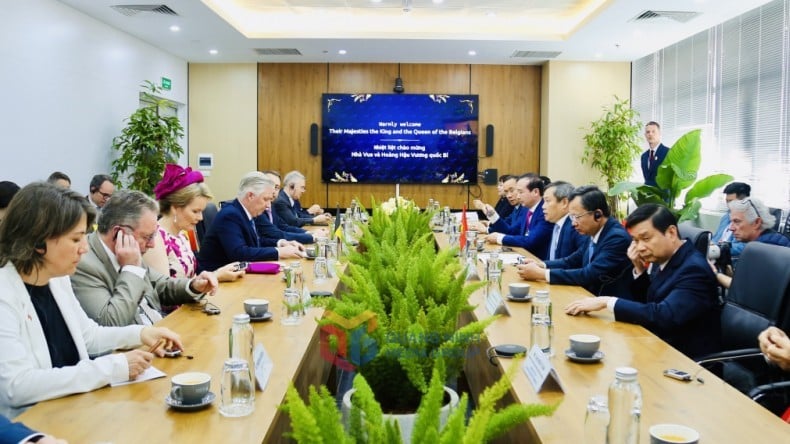


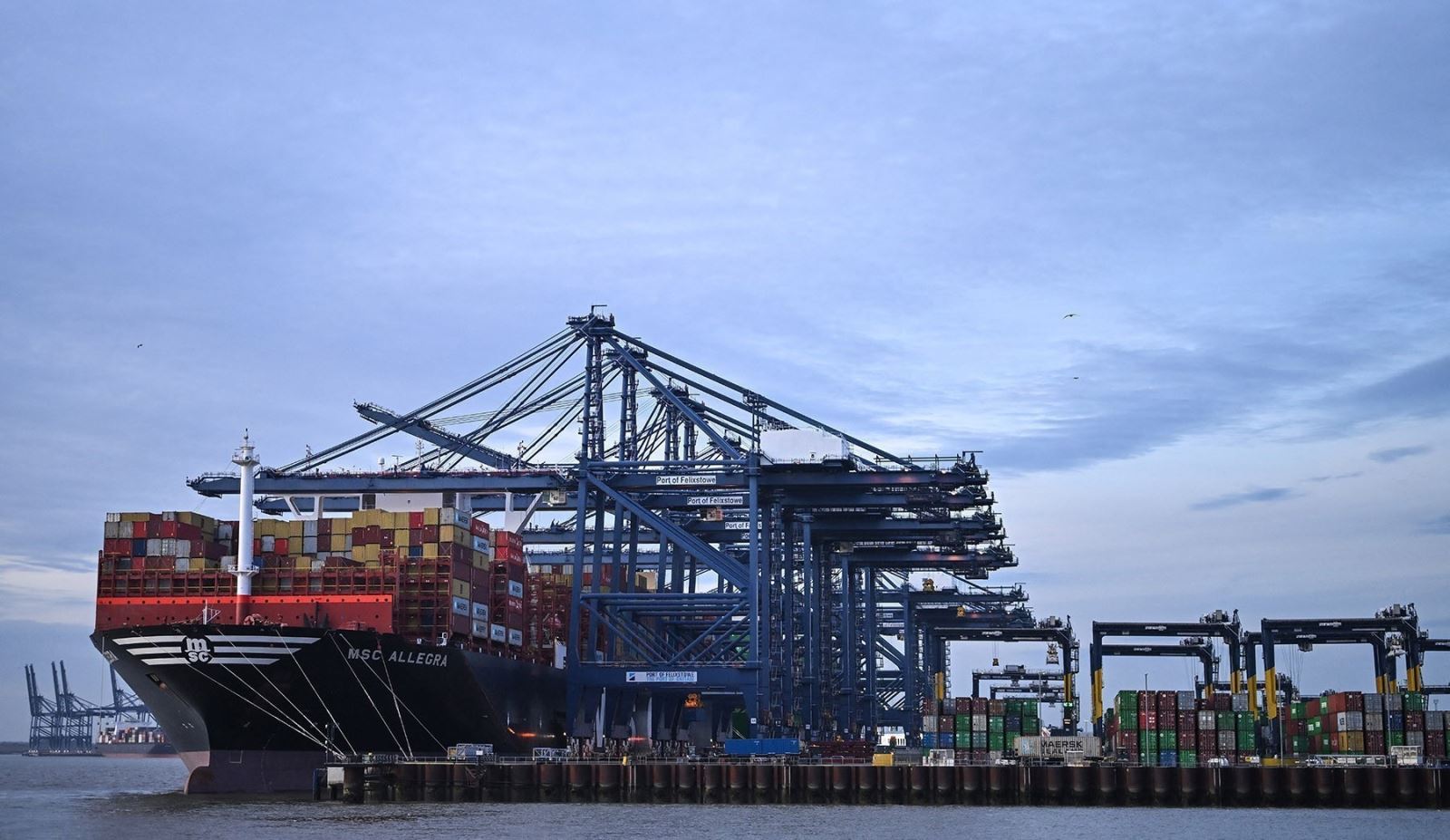






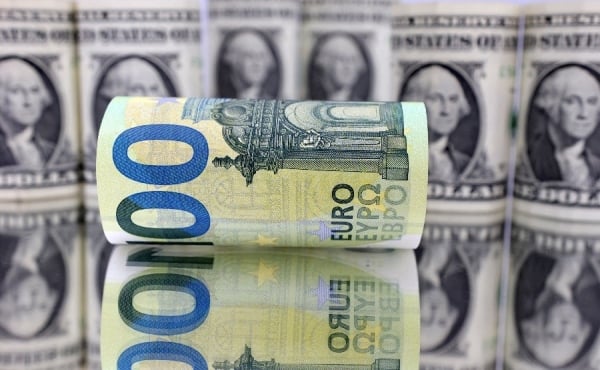



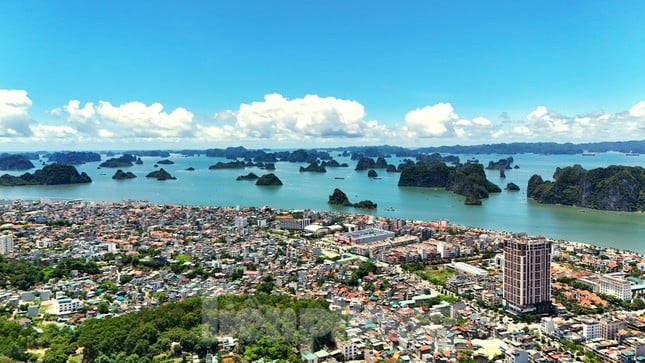

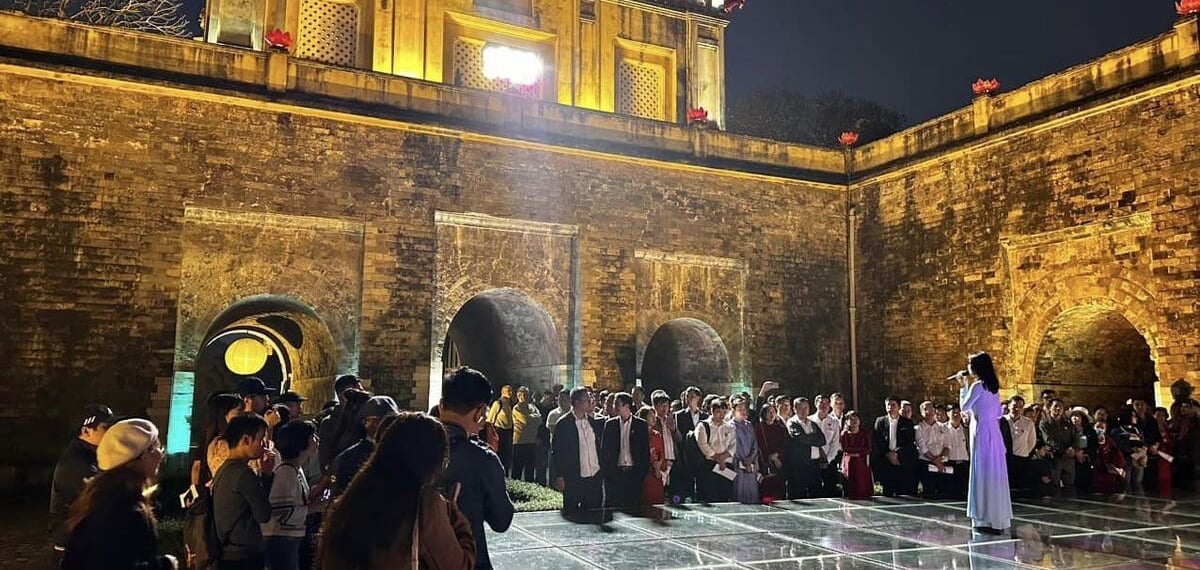

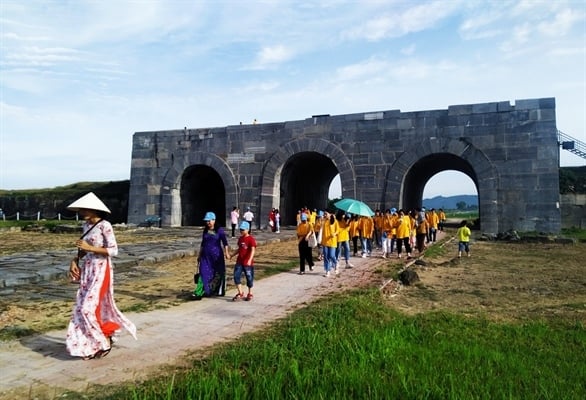


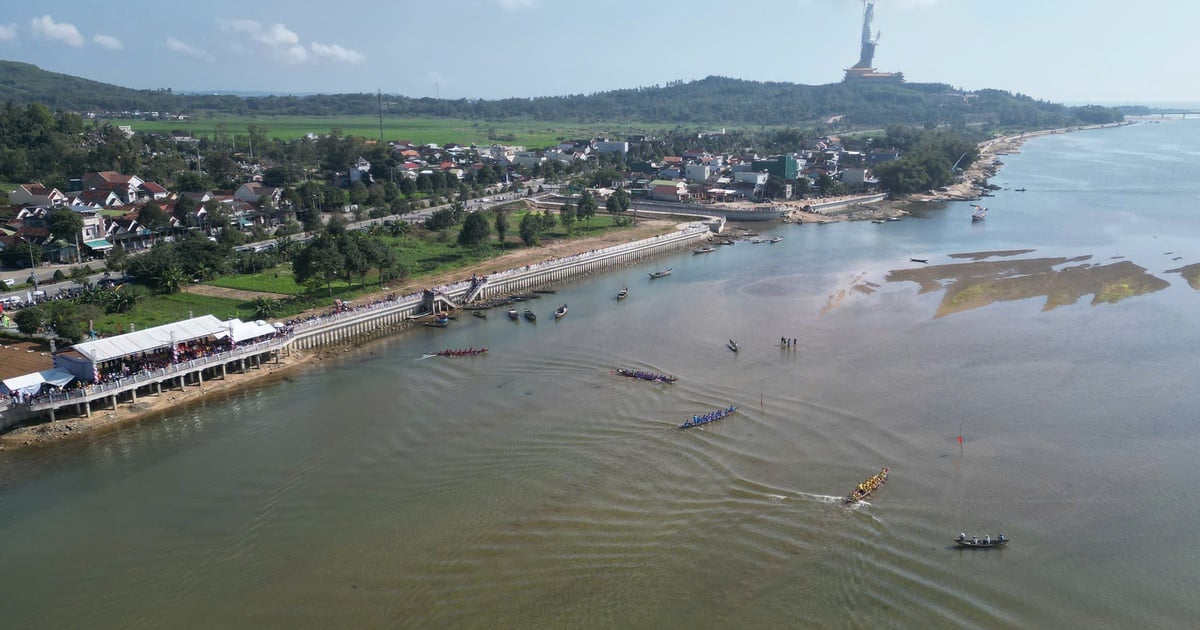



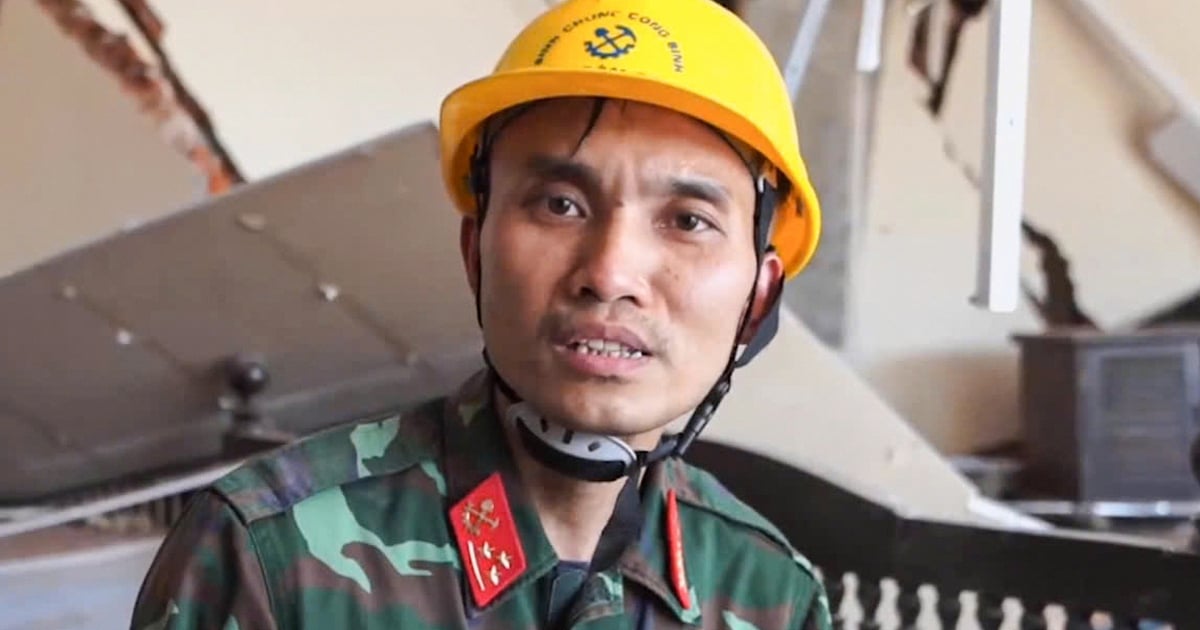
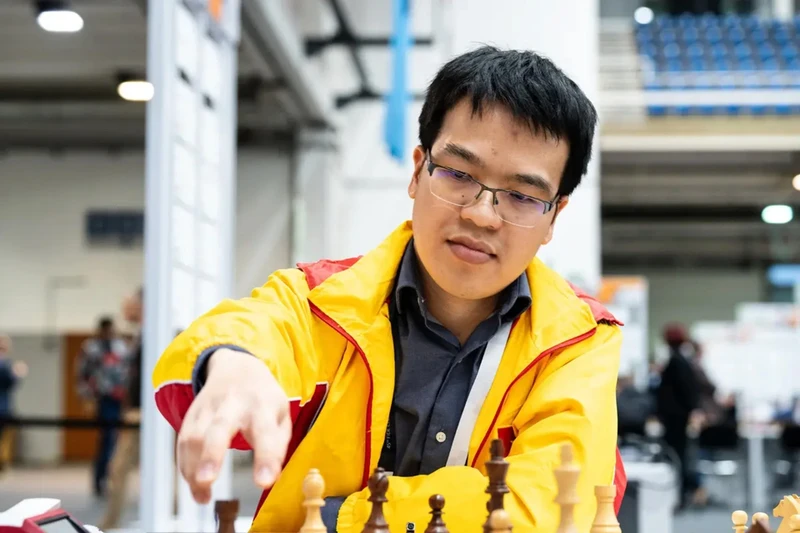
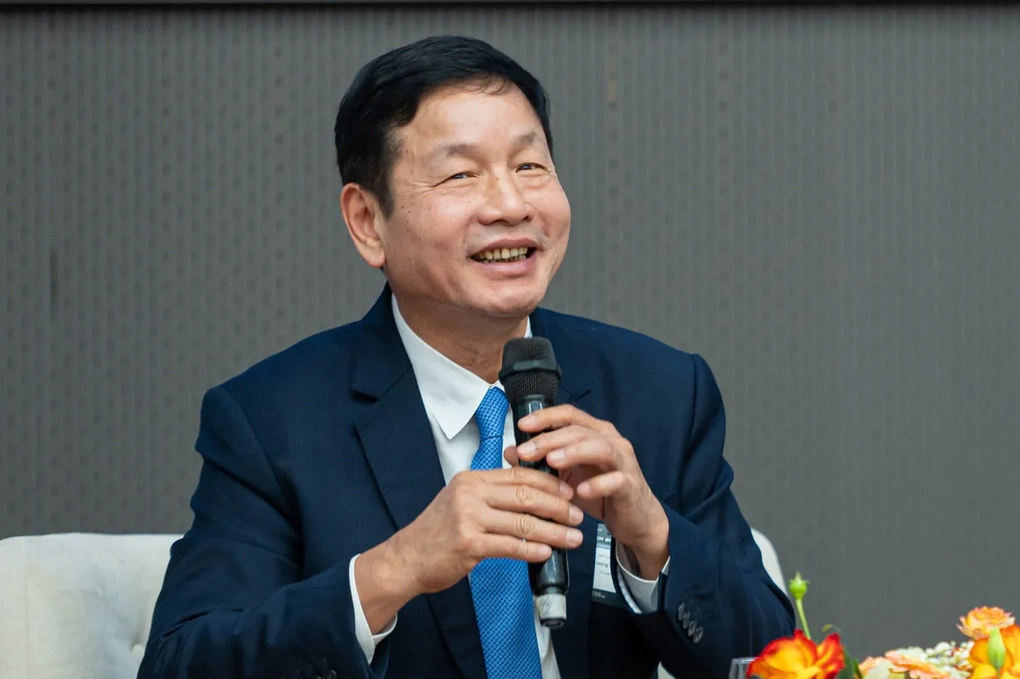

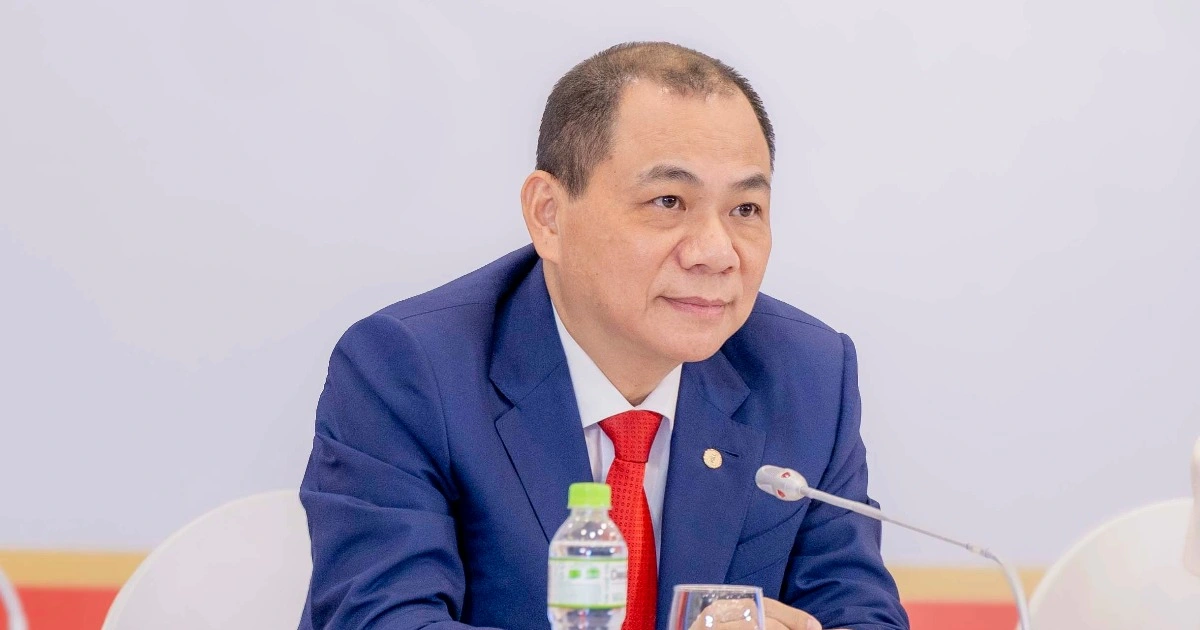
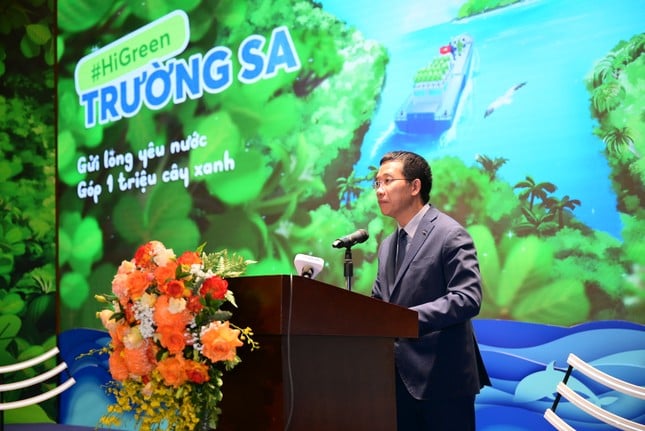








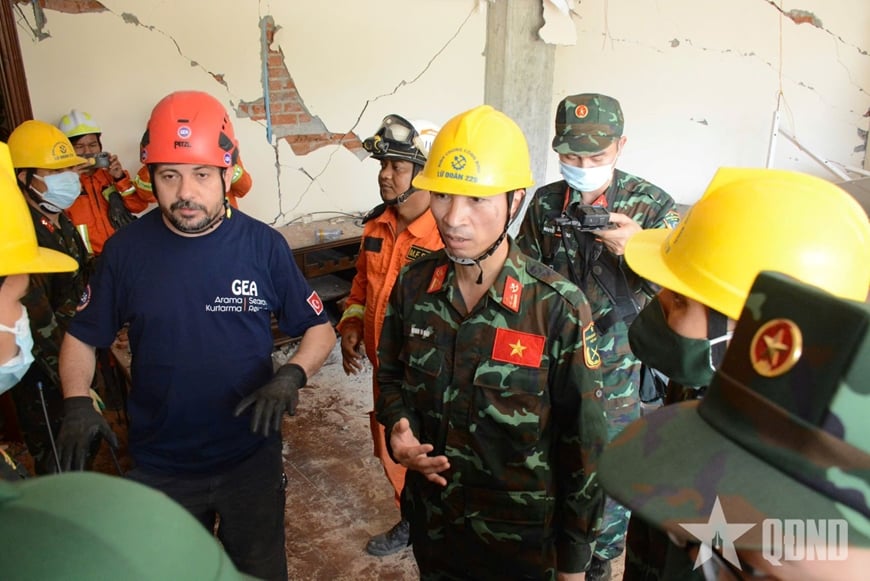

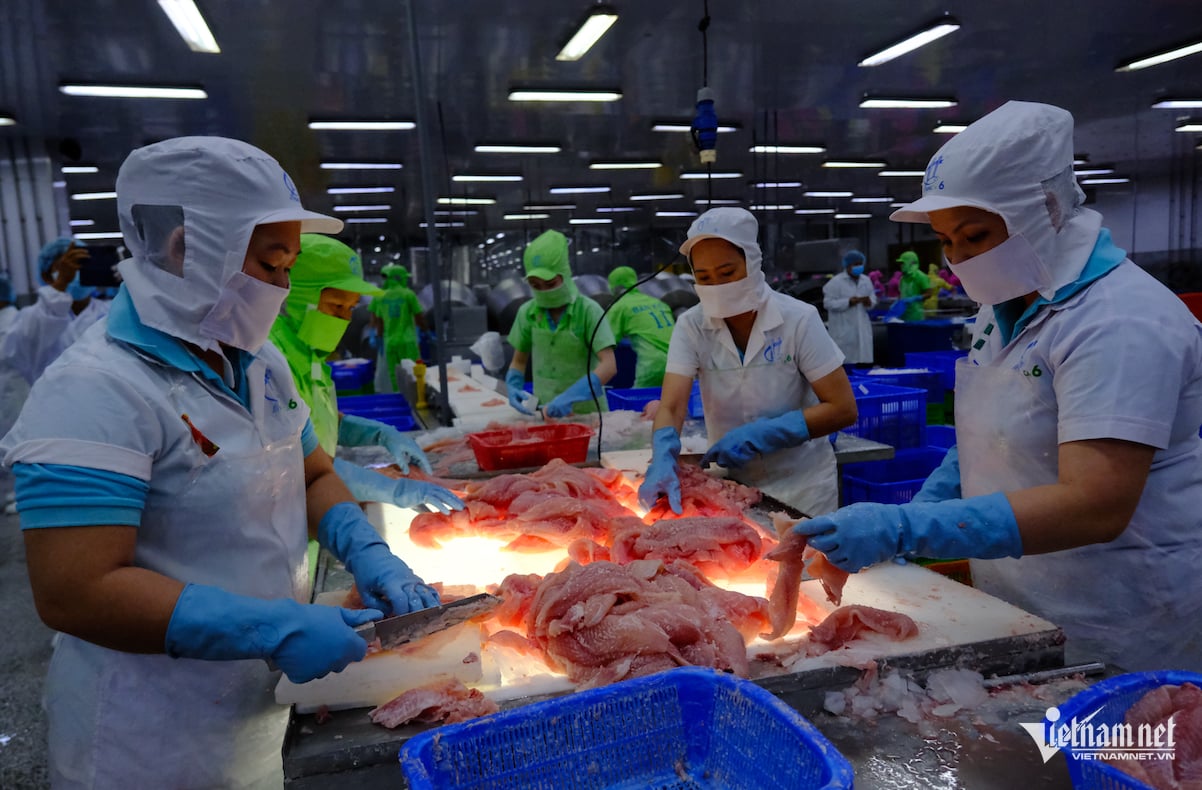

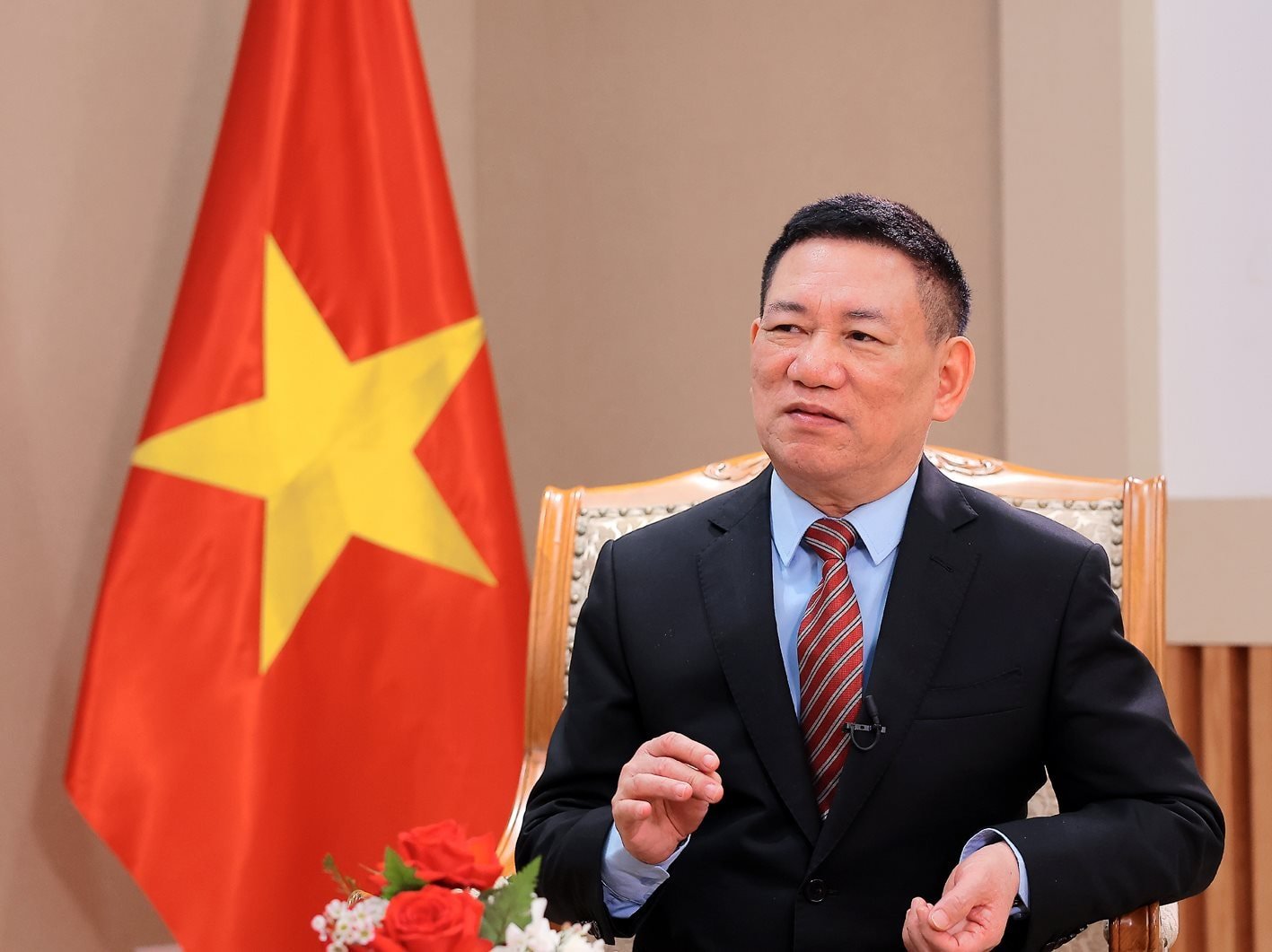

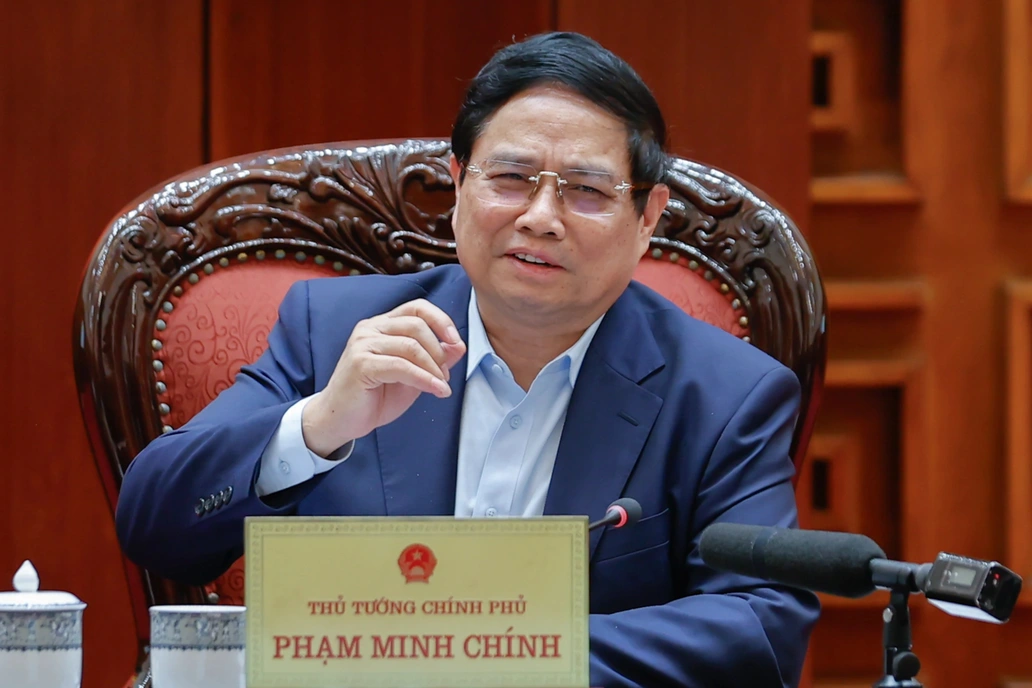
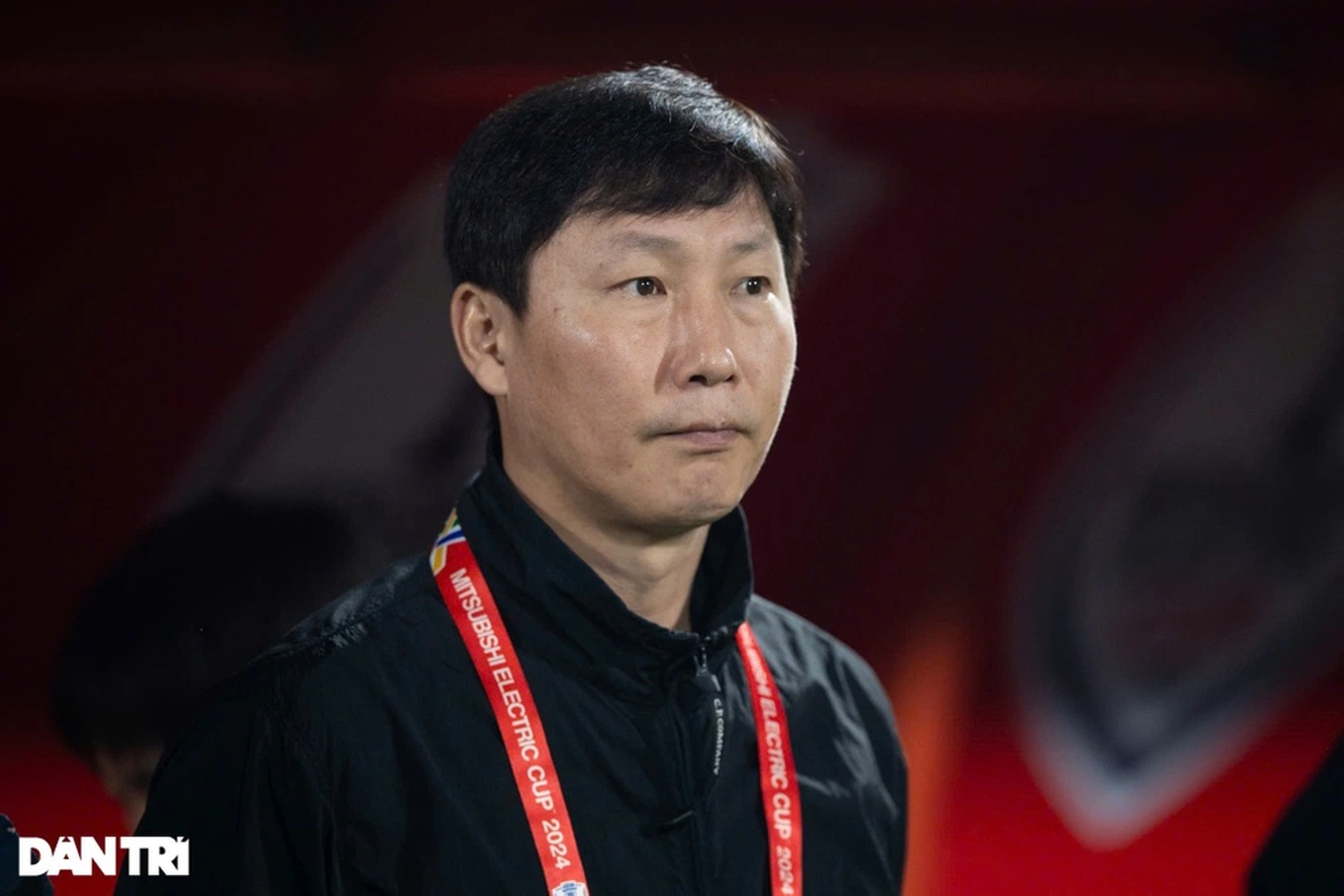
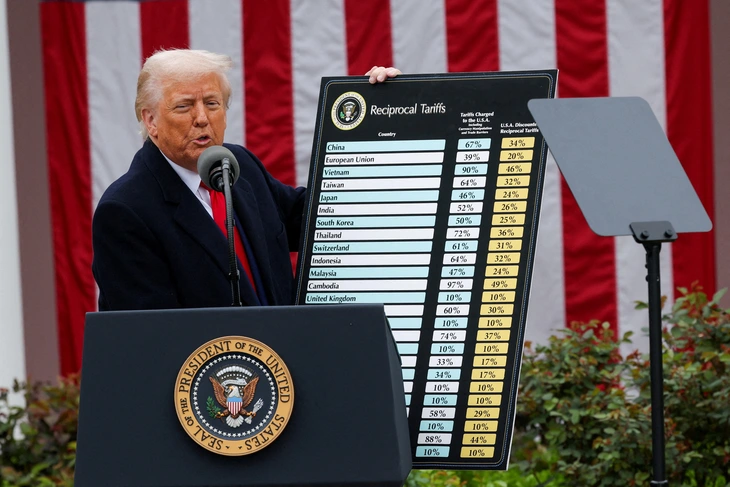
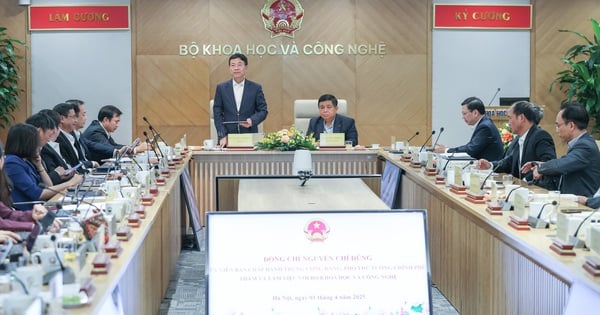

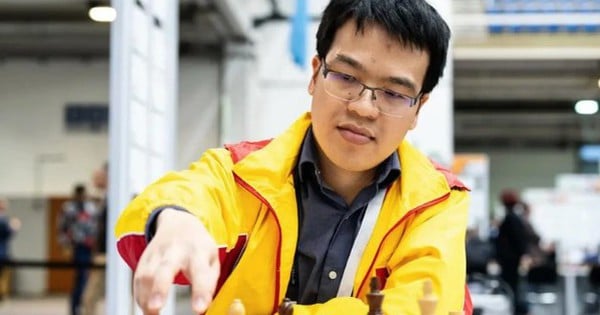

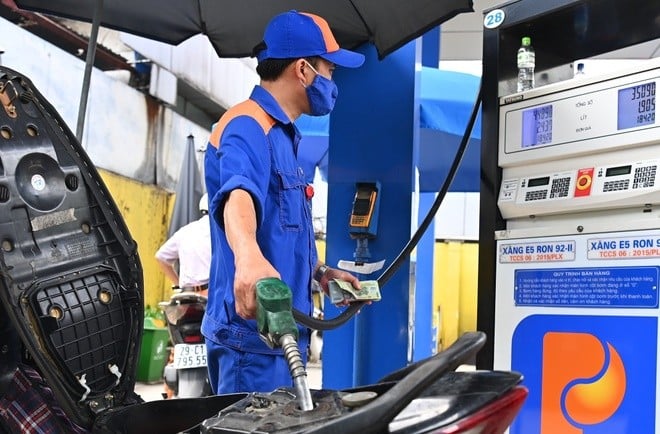

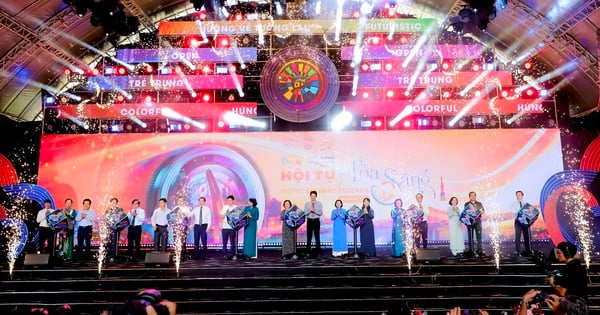
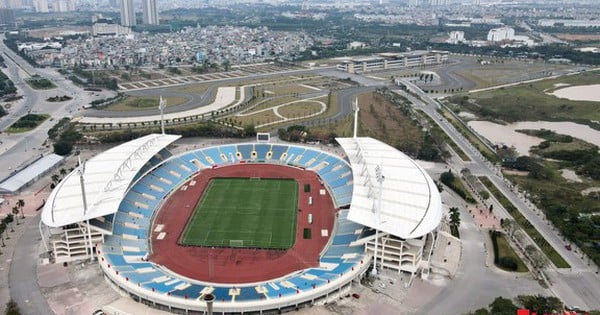
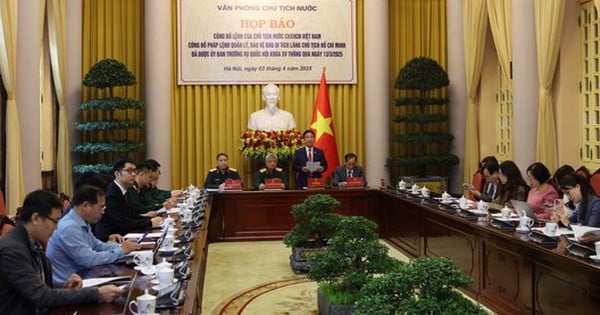



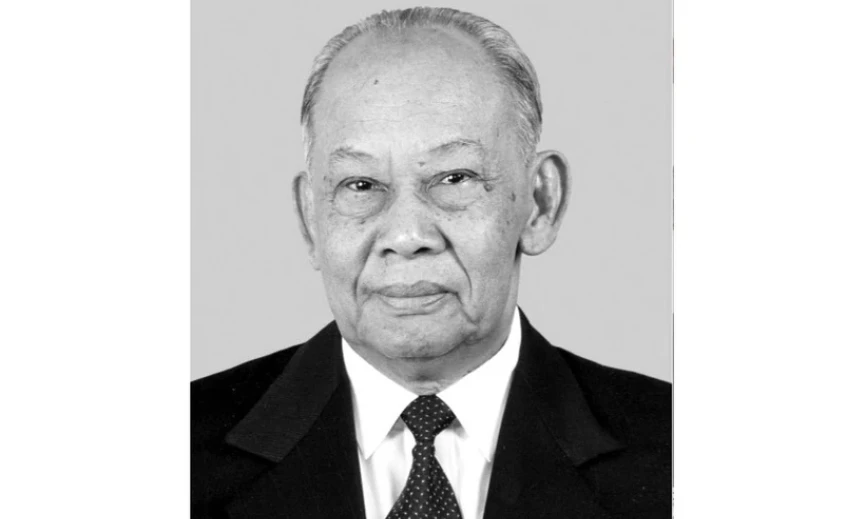
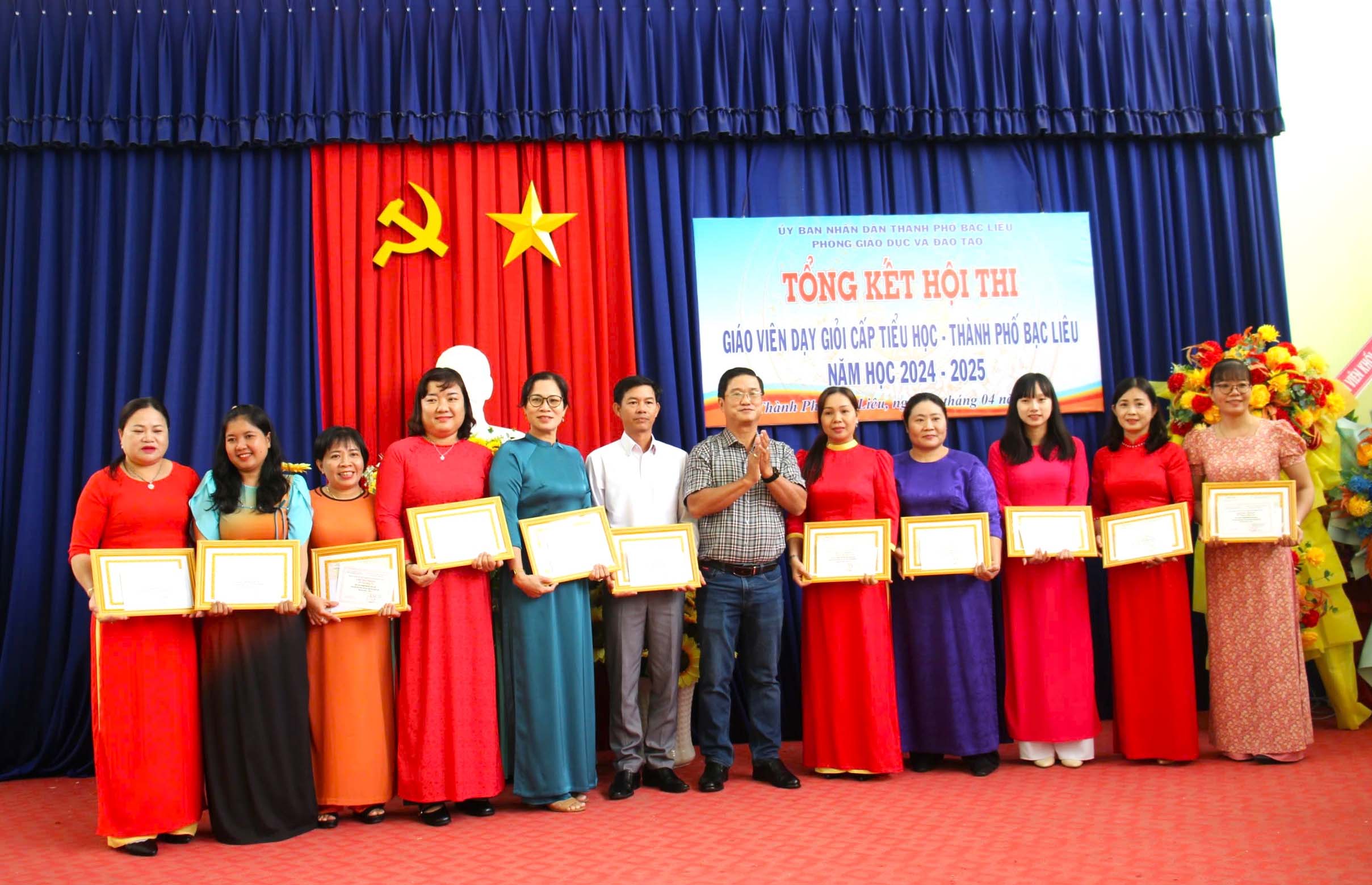

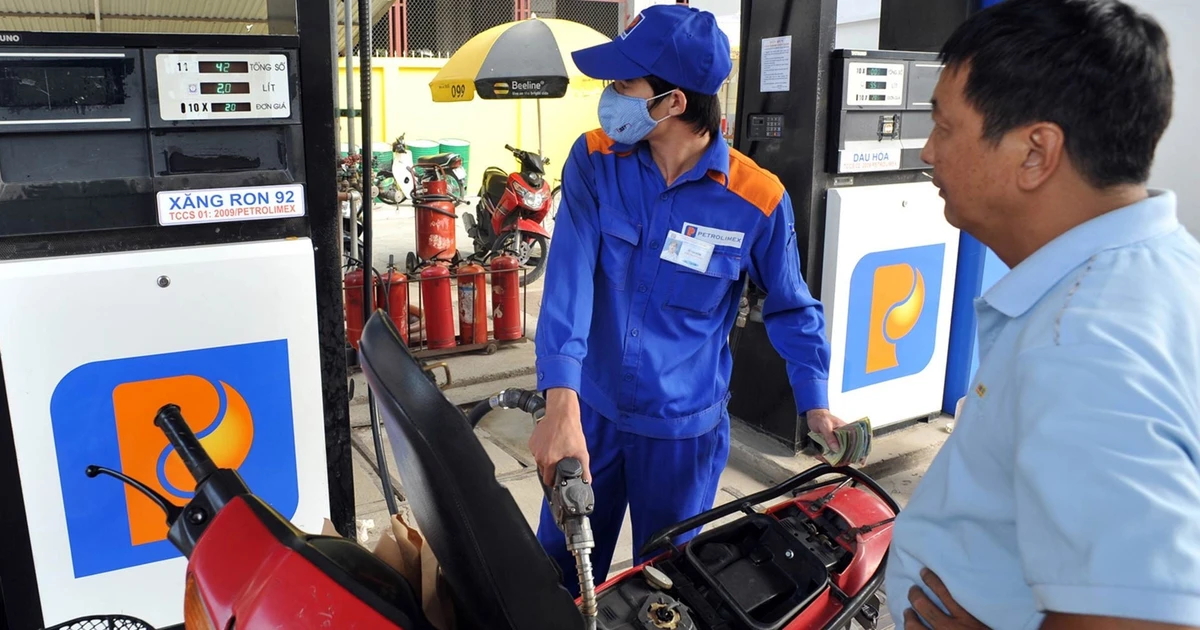












Comment (0)